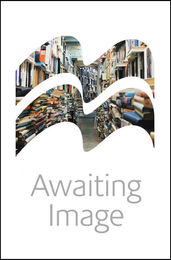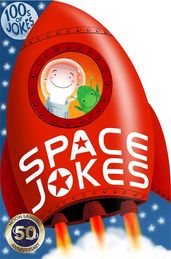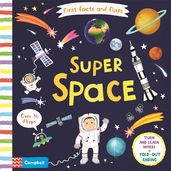Books to take you to space in 3, 2, 1...lift off!
It's been 50 years since humans walked on the moon!

On July 20th, 1969 NASA's Apollo 11 landed and people all over earth watched as Neil Armstrong became the first man to set foot on the moon. Celebrate the anniversary of this incredible scientific achievement by reading some of the best books about space with your aspiring astronaut this month.
Ten Little Aliens

Super Space
by Lon Lee
In First Facts and Flaps: Super Space preschoolers discover the wonders of stars, planets, the Moon and space travel. With colourful scenes by Lon Lee and rhymes to introduce each topic, plus over thirty flaps, a turn-and-learn wheel and giant fold-out ending, this fun novelty book encourages young children to learn as they play.
All facts are age-appropriate, picture-led and checked by Jacqueline Mitton, an experienced astronomer and former editor of the Journal of the British Astronomical Society.
Discover more titles in the First Facts and Flaps series with Amazing Animals and Giant Dinosaurs.
Moon Landing

Counting on Katherine

Field Trip to the Moon
by Jeanne Willis
Get ready for blast-off on an adventure to the moon! With stunning original artwork by John Hare and charming text by bestselling author Jeanne Willis, Field Trip to the Moon is a wonderfully witty story about exploration, creativity and making friends in the most unlikely places.
It’s not every day you find yourself on a field trip to the moon, let alone stranded in outer space! But for one student that’s exactly what happens when her curiosity separates her from the rest of her class. Why wouldn't you take the opportunity to get your crayons out, look back and draw planet Earth?
Alone on the moon, she sits down to draw. But could there be an even bigger surprise when she realizes she’s not alone? What would someone that lived on the moon even look like? Find out what happens when you reach out to those that are different from us and greet them with an open pack of crayons!
Space Jokes





